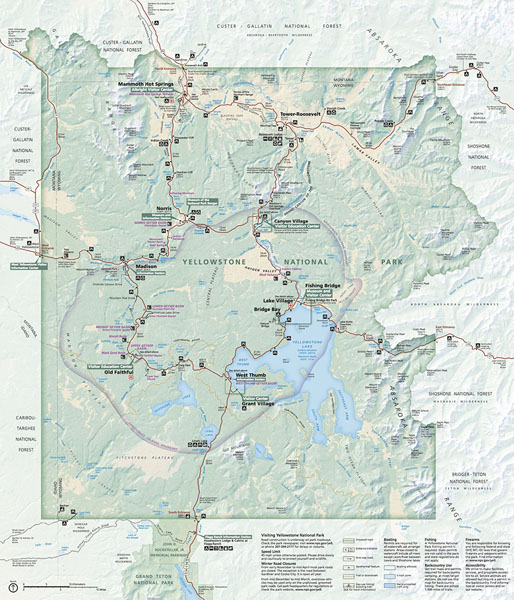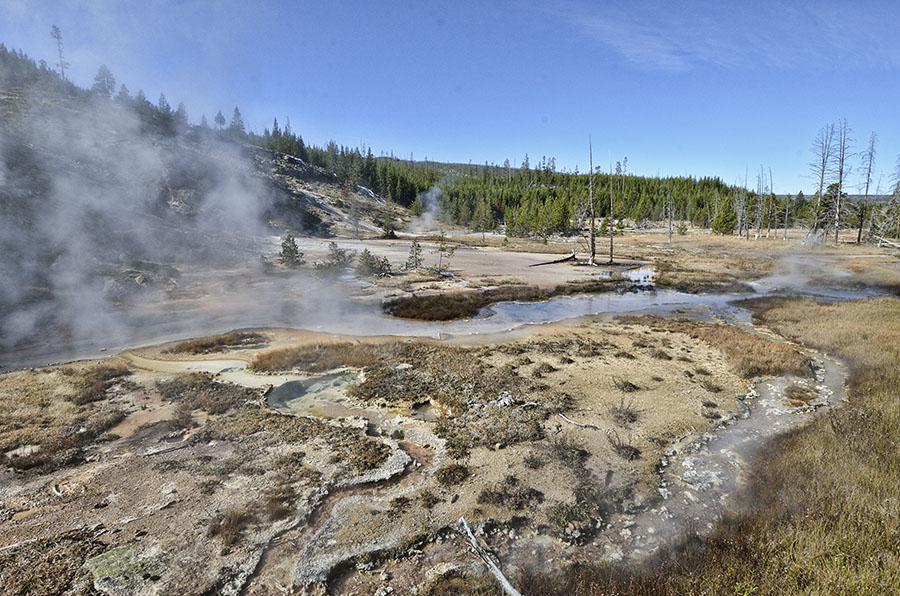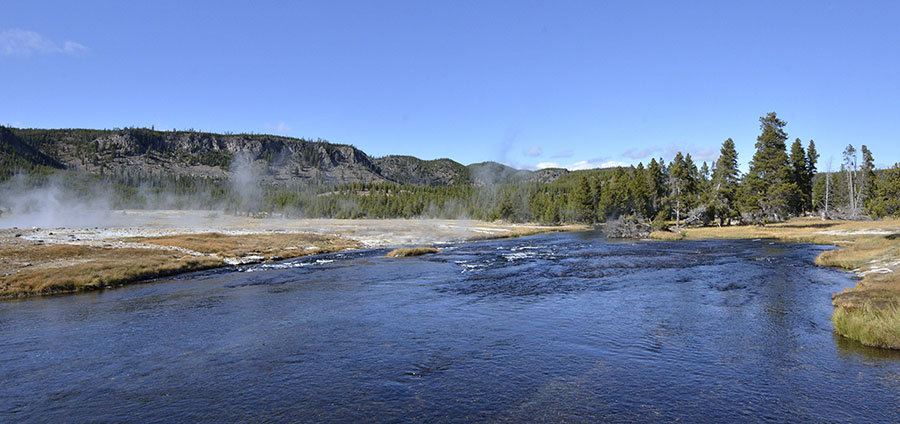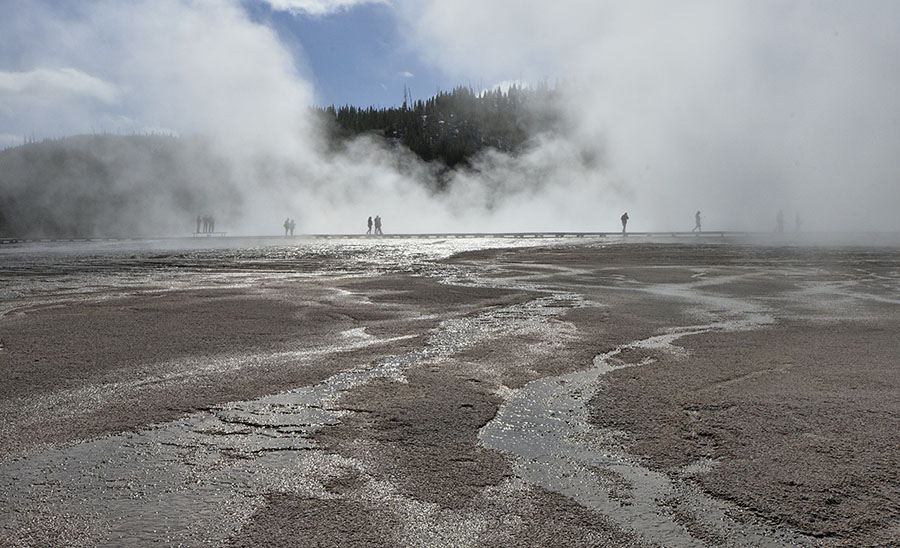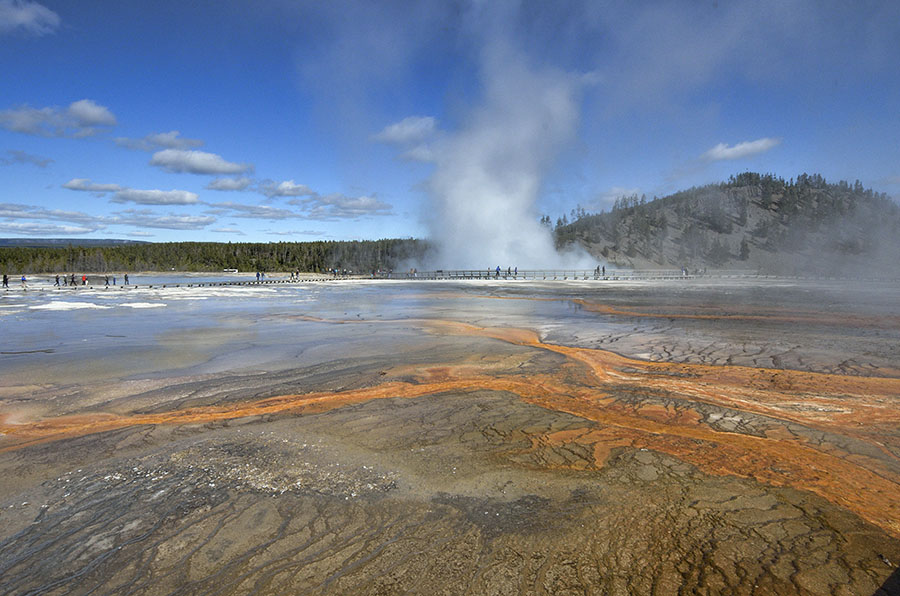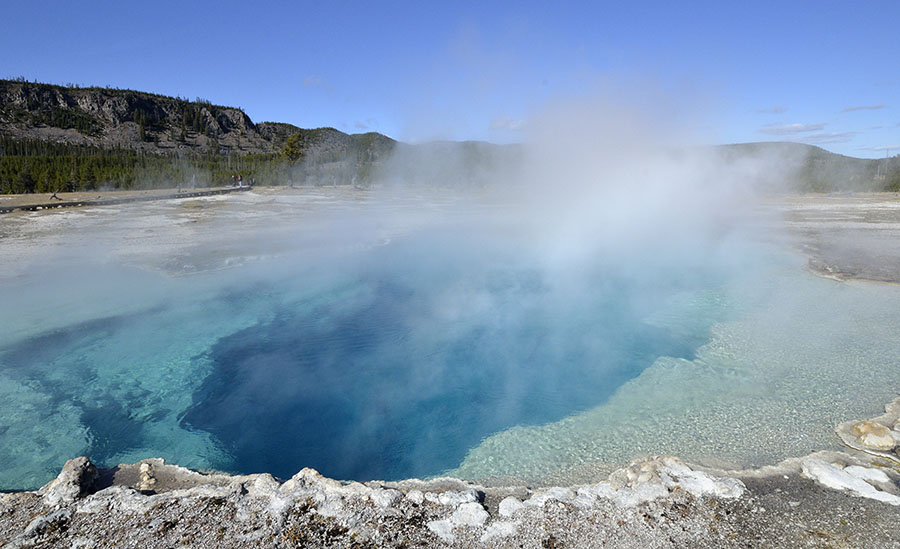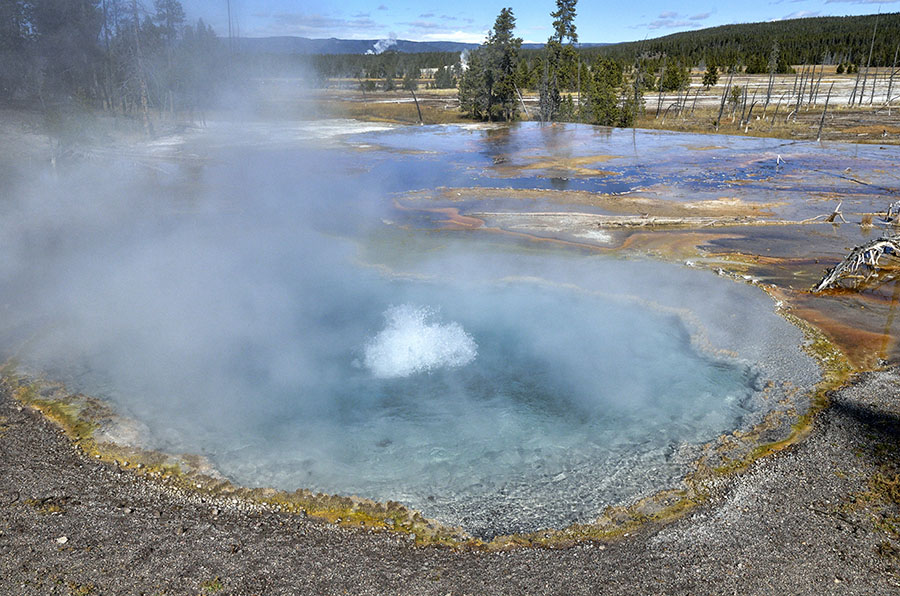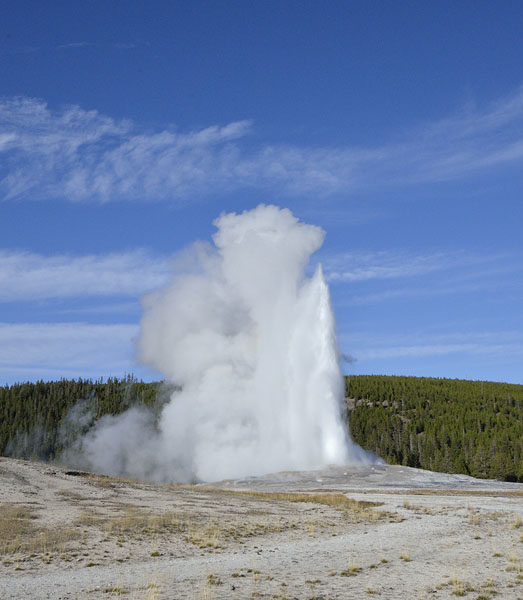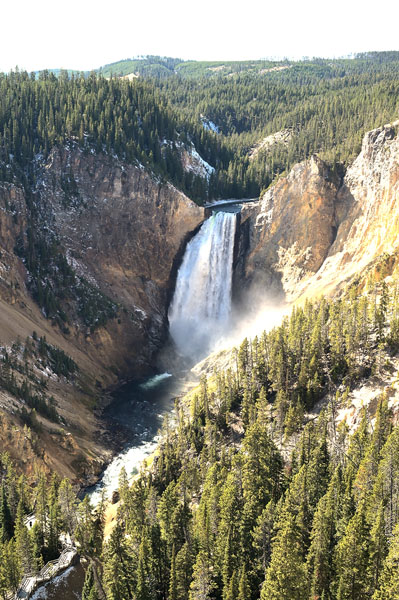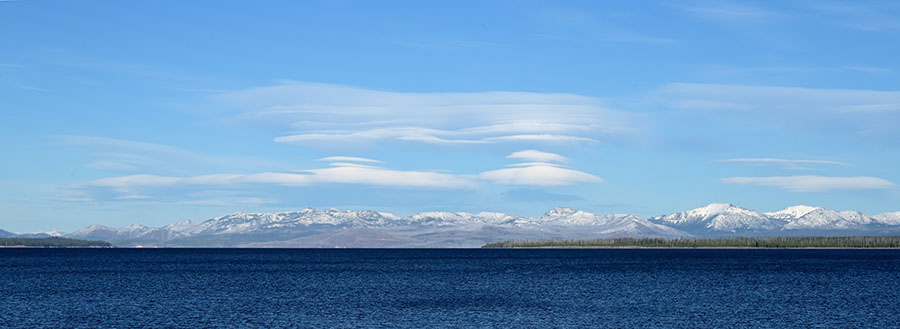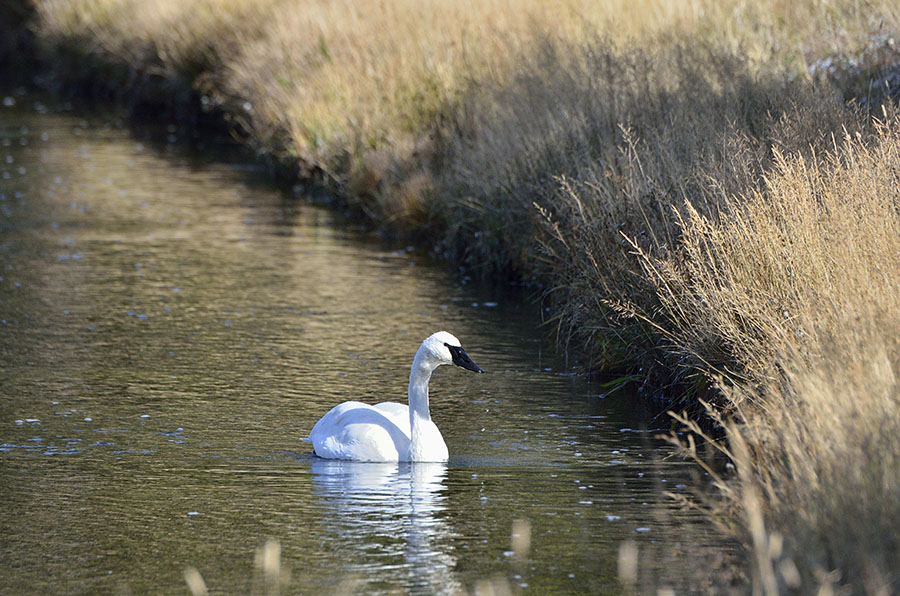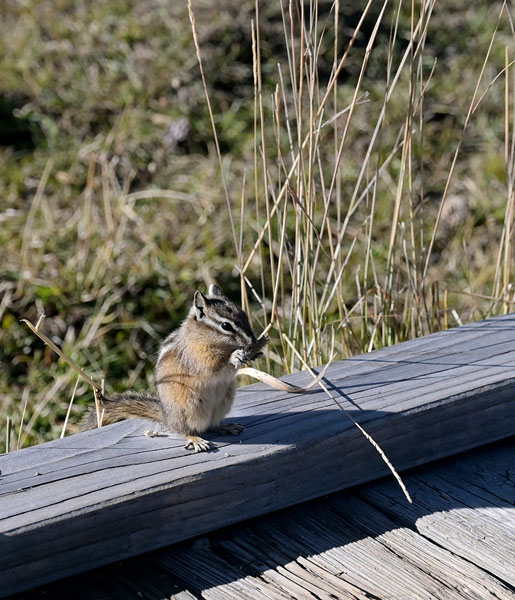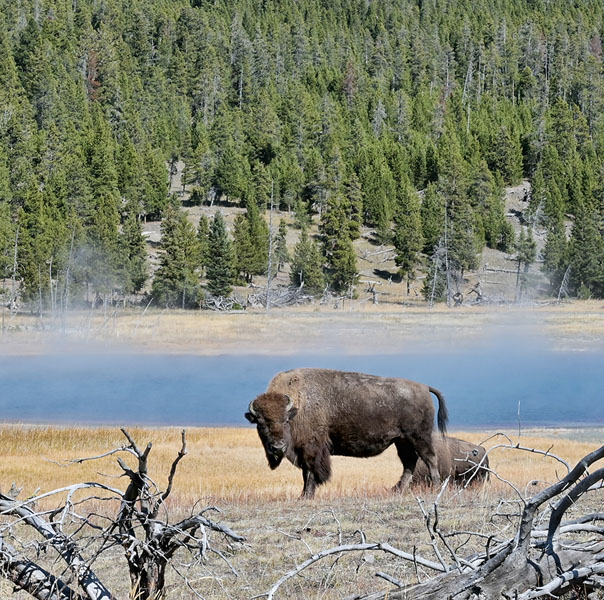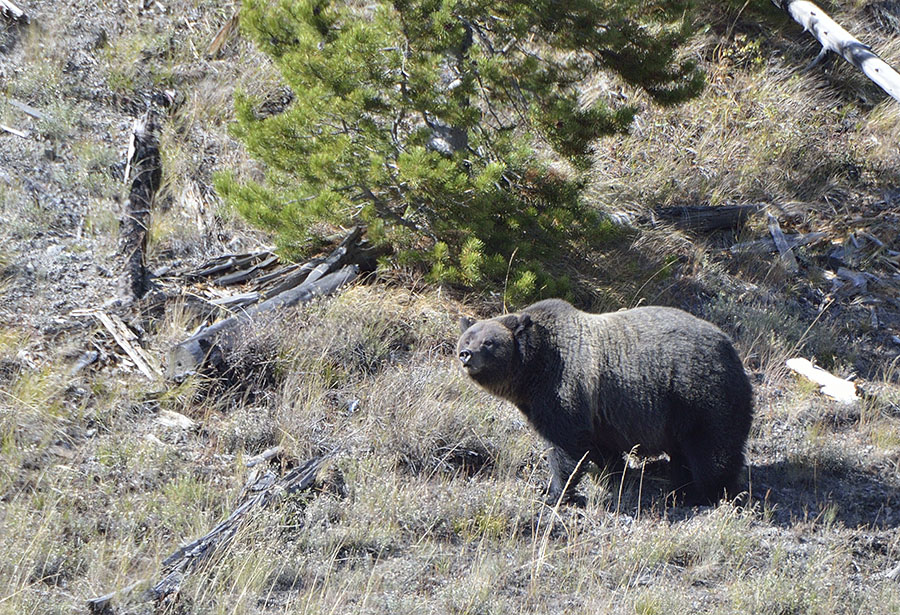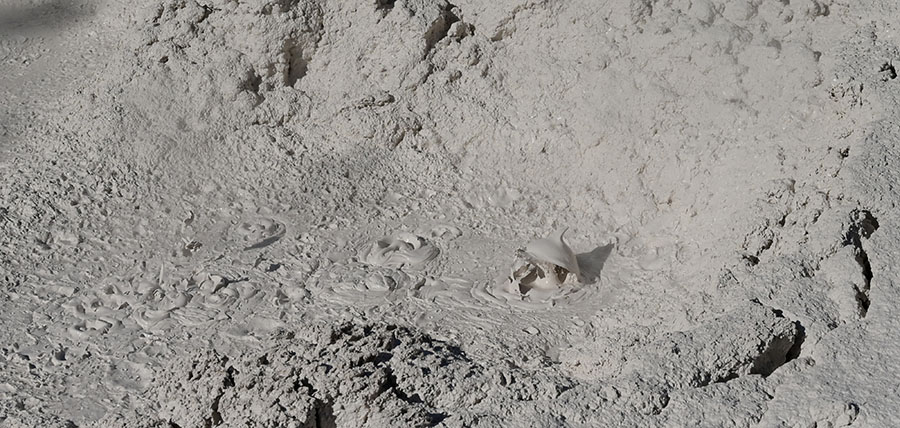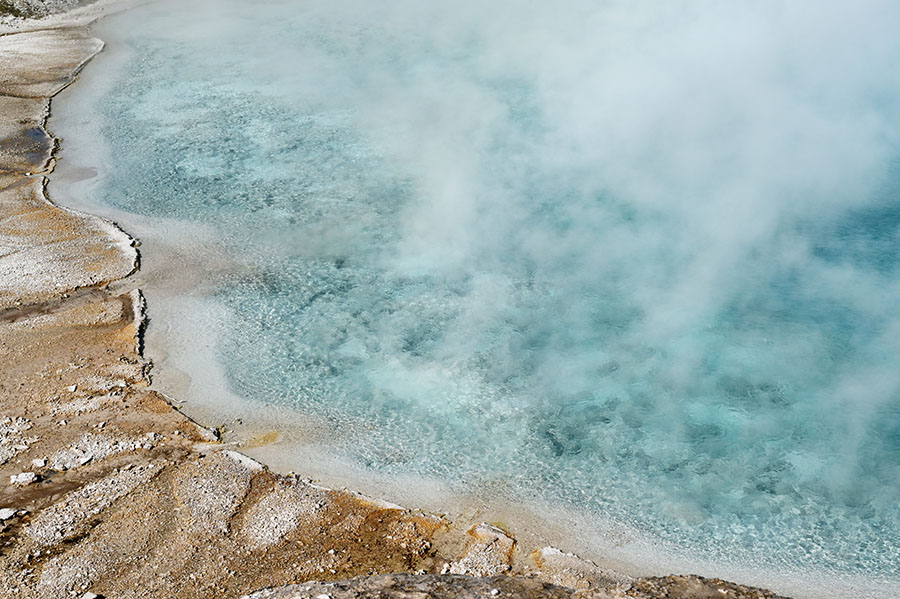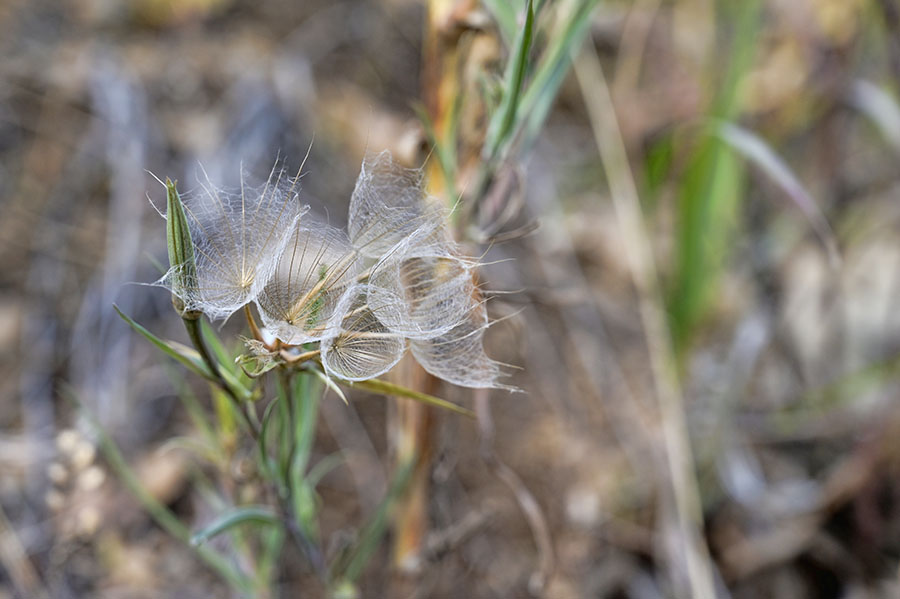Autumn has always been my favorite season – the crunch of leaves underfoot, cooler temps and trees sporting beautiful color. We saw some nice color in Salt Lake – a consolation prize for cutting our Yellowstone/Grand Teton trip short.
We lived in Salt Lake for two years when we were in grad school at the U of Utah in the early 90s, and we loved spending our rare free time in nearby Big Cottonwood Canyon. It was a no-brainer to head back up there to do a little hiking and to see our favorite ski area before the snow flies… and to savor a little fall color.
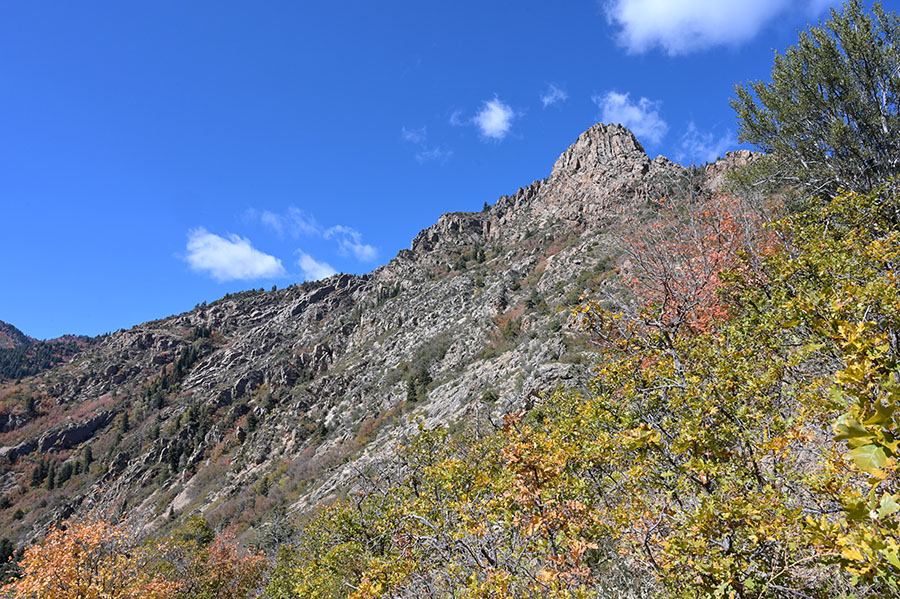
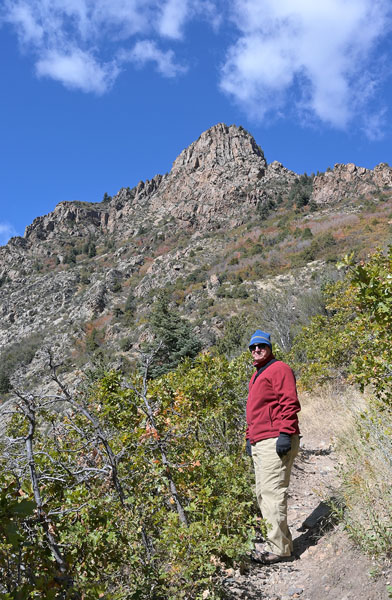
Hidden Falls wasn’t all that hidden!
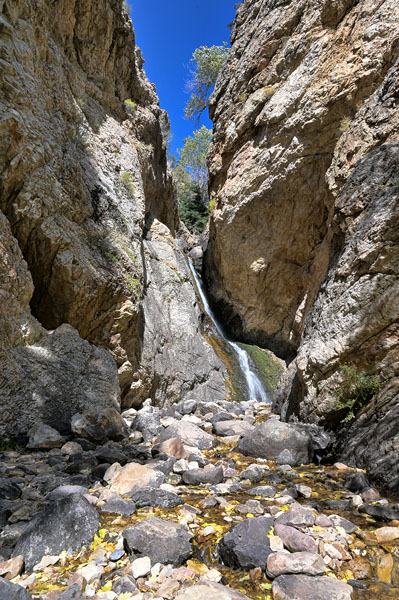
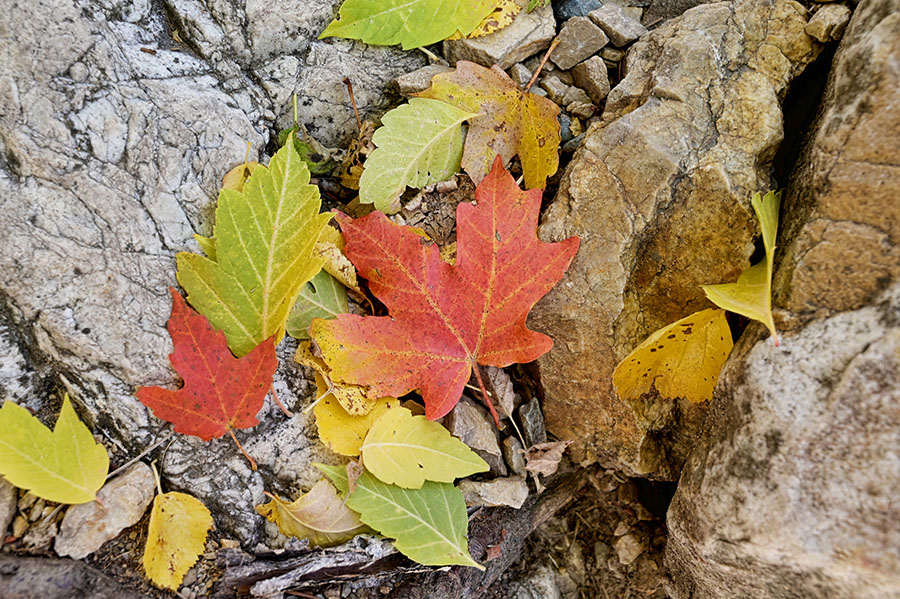
The higher you go up the canyon the color is less splashy since the landscape is mostly evergeens and quaking aspen… but it’s still beautiful.
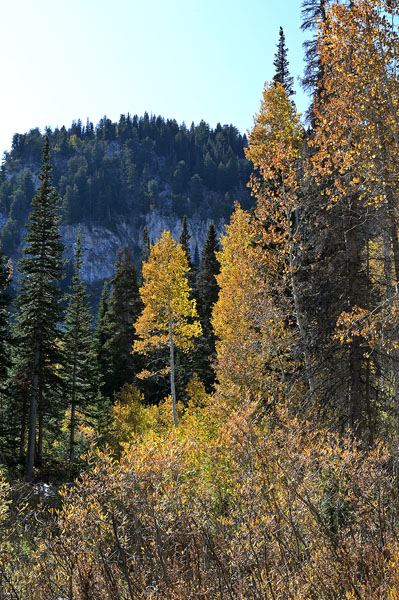
Silver Lake is a cross-country ski area in the winter, but the rest of the year it’s a big pond surrounded by meadow and forest.
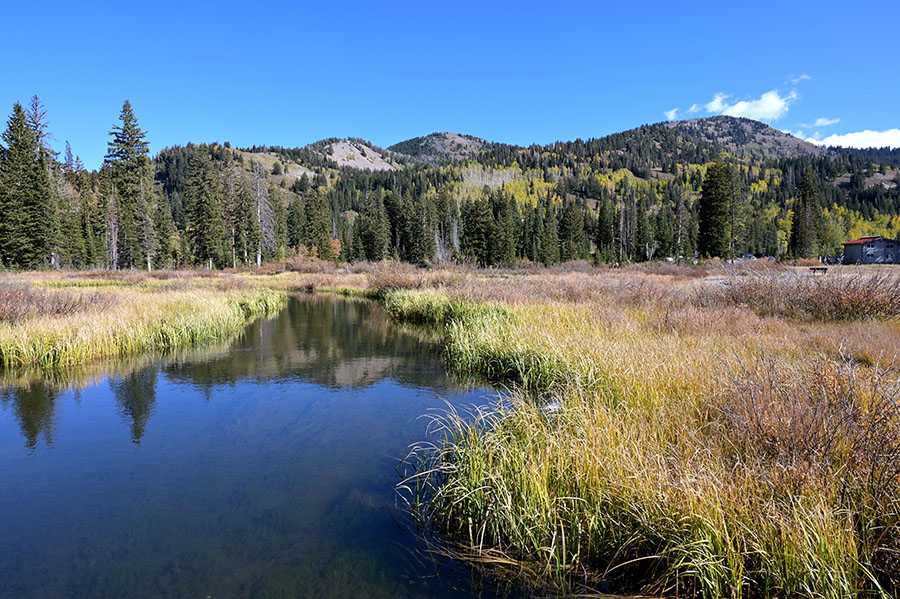
We took the chance to drive up Guardsman Pass – closed in the winter since it’s covered in deep snow. At an altitude of 9700′, we could see far and wide towards the Park City side of the mountains…. though it’s too high for much color.
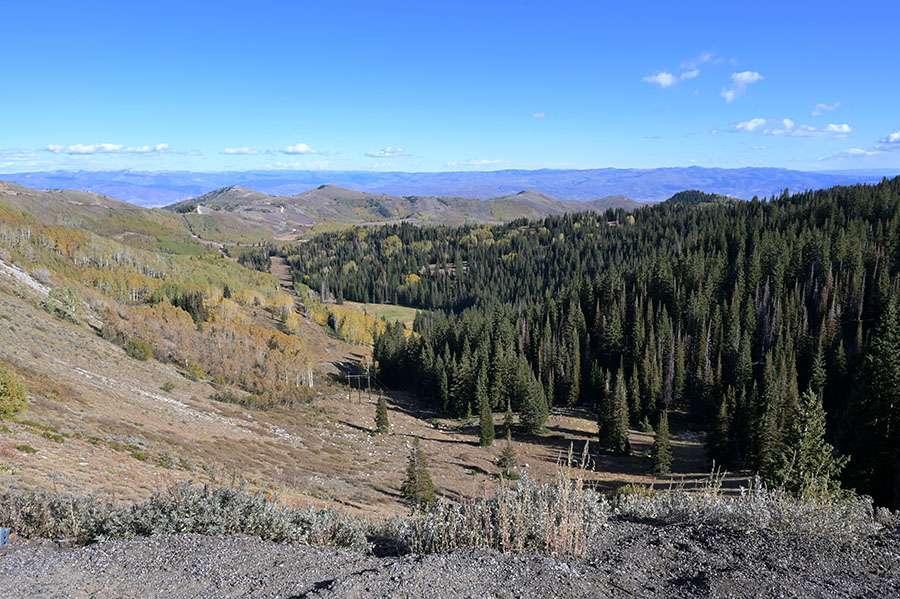
We had a blast checking out our stomping grounds at Brighton Ski Resort at the top of the canyon – it looked so funny all green. We put the drone in the air partway up the canyon, and again up at Brighton… enjoy.
Coming back down the canyon the splashy fall color returned… so pretty.
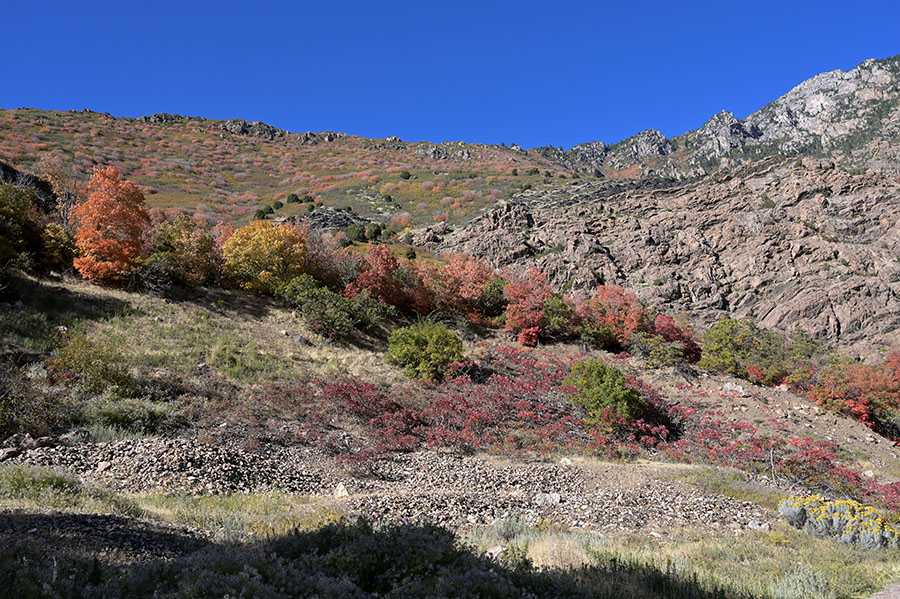
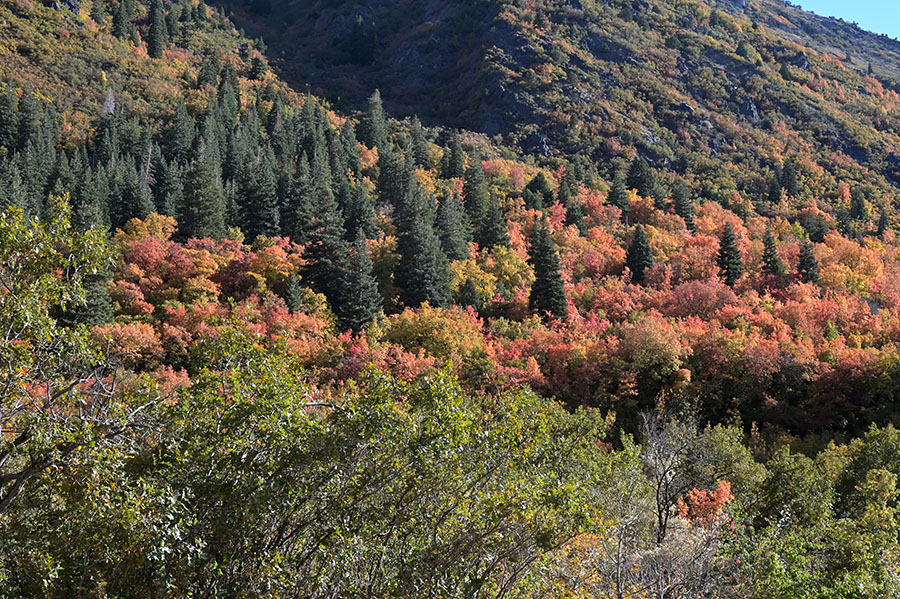
Now we’re off to Great Basin National Park in eastern Nevada. And to get there, we’ll drive across a big chunk of America’s great basin!

